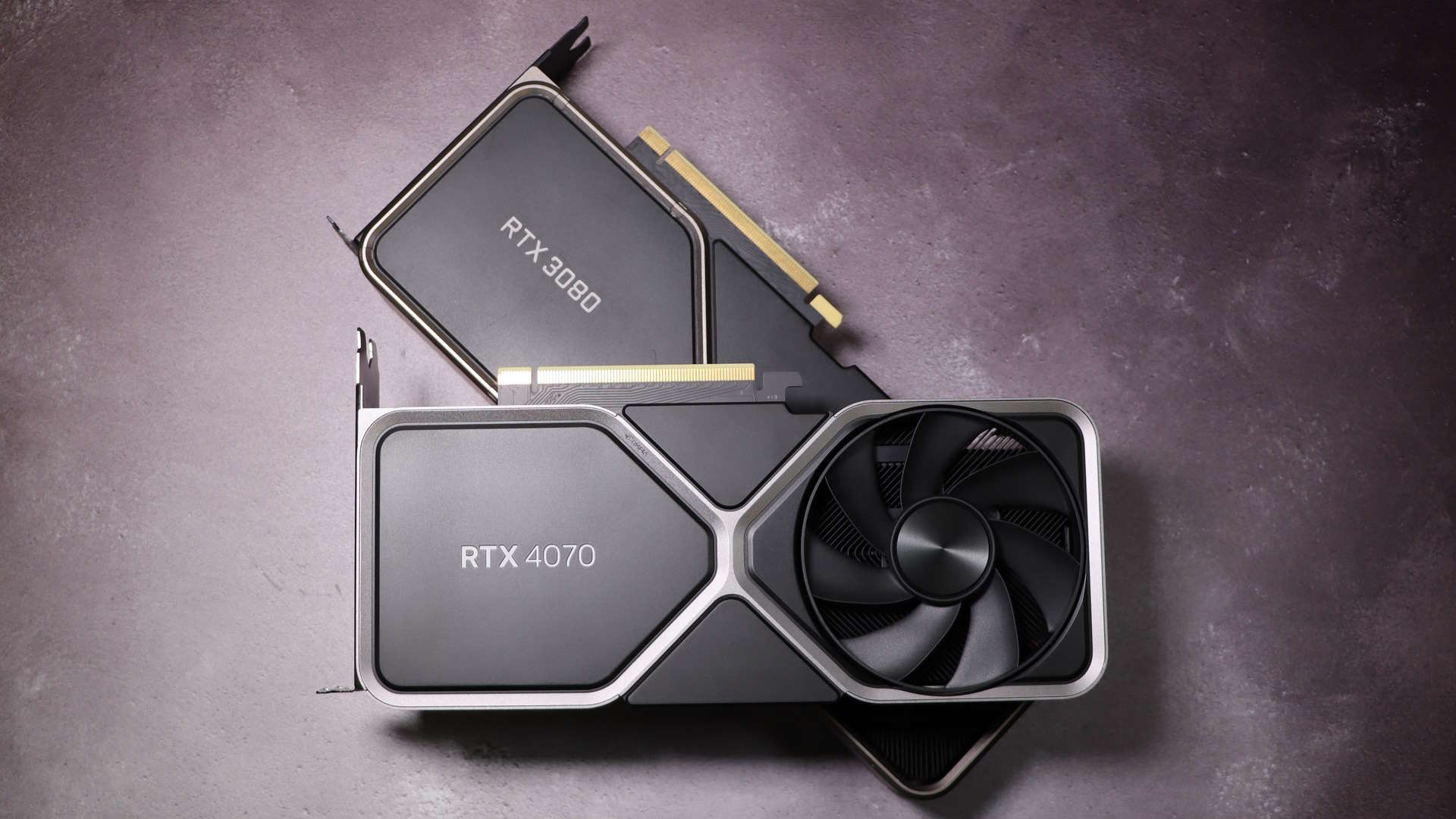
Memory might not be the most exciting PC component, but when numbers start reaching into *counts fingers* pentuple digits I can't help but take notice. Well, it looks like CUDIMM memory is itching to make us take notice, because this relatively new type of memory is rumoured to be supported at up to 10,000 MT/s on Intel's upcoming Arrow Lake platform.
According to a leaker called Meb on Chinese blogging and social media site Weibo (via Wccftech), "If combined with CUDIMM, Arrow Lake S GEAR 2 can support 8,000-10,000 MT/s memory specifications".
If Google's translating Meb's Chinese correctly, and if they're correct, this would mean Intel's next-gen CPUs should support much faster memory than current-gen Intel and AMD platforms. Now, I'm still rocking DDR4 RAM so I get a bit of Hertz envy from regular DDR5 RAM speeds, but support for memory at speeds of up to 10,000 MT/ is genuinely impressive.
These speeds aren't wishful thinking, either. We've already seen DDR5 CUDIMM memory kits launching with speeds well north of 9,000 MT/s lately, such as Biwin's 9,200 MT/s modules and Asgard's 9,600 MT/s modules. This latest Arrow Lake rumour would explain why manufacturers are pushing out fast kits like these right now despite the CUDIMM standard being announced by JEDEC all the way back in January.
CUDIMM memory is clocked unbuffered memory, meaning—much like CAMM2 memory that was all the rage at Computex—it has a clock driver that regenerates the clock signal to maintain signal integrity. This allows the memory to reach higher frequencies, and therefore more transfers per second, because it keeps things more stable.
The JEDEC standard rates CUDIMM for 6,400 MT/s and higher, but it's been far surpassing this baseline for months, and now looks to be approaching 10,000 MT/s. For reference, Intel's 14th Gen CPUs officially support up to 5,600 MT/s DDR5 RAM, but we know that XMP-enabled (ie, overclocked) DDR5 RAM at faster speeds than this works just fine in most cases. That's why there are so many 6,000 MT/s or above DDR5 gaming PCs, these days.
Given this, if Arrow Lake does end up officially supporting up to 10,000 MT/s, it will be interesting to see what kinds of memory speeds can be achieved on the platform in practice. They could potentially run memory at faster speeds than 10,000 MT/s.

Best CPU for gaming: The top chips from Intel and AMD.
Best gaming motherboard: The right boards.
Best graphics card: Your perfect pixel-pusher awaits.
Best SSD for gaming: Get into the game ahead of the rest.
However—and this is a big "however"—note that Arrow Lake is only claimed to support these 8,000 - 10,000 MT/s speeds when the memory is in Gear 2 configuration. For those unfamiliar, Gear 2 is a configuration that has the memory operating at double the clock speed of the processor's memory clock. For instance, a CUDIMM kit running at 10,000 MHz (5,000 MHz x 2) would presumably mean 5,000 MHz on the CPU's memory controller.
The problem is, this kind of mismatch between processor memory controller's clock and the memory's clock introduces latency which doesn't gel very well with gaming. That's why it's always recommended to stick to Gear 1 for gaming. This is also probably why CUDIMM has largely been targeted at high performance computing (HPC) tasks which require a ton of throughput.
Given that switching between Gear 1 and Gear 2 is as simple as a toggle in the BIOS, we might assume that one could swap to Gear 1 when gaming and to Gear 2 when required. But switching to Gear 1 would presumably mean switching to half the speed of at Gear 2, ie, 5,000 MT/s at the top end, which would be much lower than a decent standard DDR5 kit.
Perhaps not so great for gaming, then, but it is a good sign that Intel's pushing things on the memory front. Arrow Lake CPUs are supposedly set for an October 24 launch, and if some of the latest rumours are anything to go by, we could be in for quite the treat. So sure, why not? Throw in some super-fast HPC memory support. Icing on the cake, and all that.







